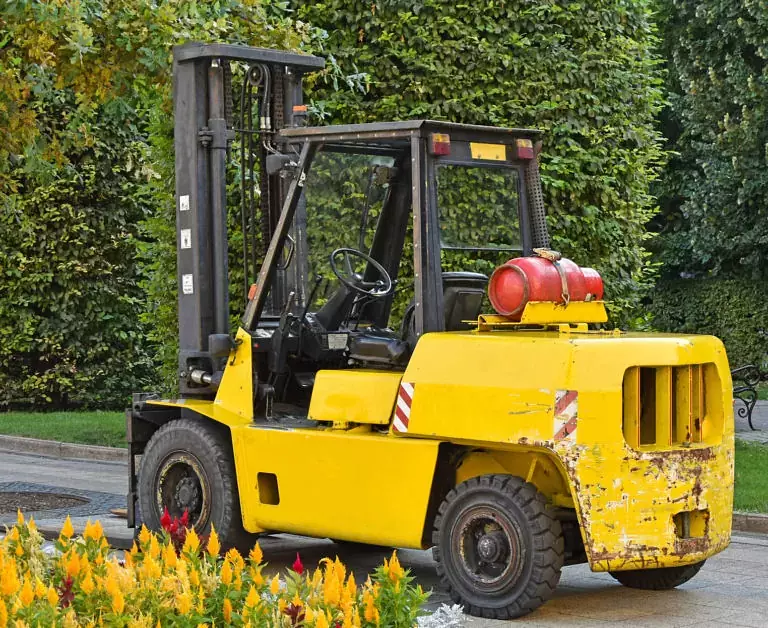 Have you found yourself weighing the advantages and disadvantages of whether it is time to replace that aging forklift truck? While the initial purchase of a new forklift may seem a bit overwhelming, it may save you a lot long term. Replacing a forklift is often an effective way to cut losses, curtail repairs and promote safety in the workplace. Here are three clear-cut signs that will help you determine whether it is time to replace that dusty, old forklift.
Have you found yourself weighing the advantages and disadvantages of whether it is time to replace that aging forklift truck? While the initial purchase of a new forklift may seem a bit overwhelming, it may save you a lot long term. Replacing a forklift is often an effective way to cut losses, curtail repairs and promote safety in the workplace. Here are three clear-cut signs that will help you determine whether it is time to replace that dusty, old forklift.
1) Maintenance Cost Per Hour Is Too High
There comes a certain point where a forklift often becomes a liability and simply costs too much to operate on an hourly basis. According to Inbound Logistics, maintenance costs are generally manageable for the first couple years of a forklift truck’s life. However, after a few years maintenance costs can change dramatically and almost certainly the most efficient of forklifts can become quite costly. As a result of this situation, a new forklift can actually save you more with the upfront expense than simply dragging on with the use of an aging and decaying material handling appliance. There are many software platforms that can help you manage costs, itemize expenditures and track maintenance in interactive logs. When any forklift owner notices an emerging trend that the costs are getting far more extensive, it may be time to retire the forklift and look into a newer, fresher option.
2)Dangerous Equipment Malfunctions
This impacts workplace safety and employee welfare as much as anything else. As forklifts age, their components break down as well, with the most notable being the hydraulic lifts and the forks themselves. Furthermore some other parts that can easily weather, decay and malfunction, include the transmission, the rack and pinion, the radiator and the battery. All of these parts can be exceptionally hazardous if they malfunction at the most critical of times. Once the prevalence for such incidents reaches its pinnacle, it is suggested to ditch that old forklift immediately. Doing so will prevent workplace accidents and incidents.
3)Forklift Has More Downtime Than Worktime
There is no point in hanging onto a device that is not in use very often. Forklifts are meant to be utilized on a daily basis and if you find one of your old reliable contraptions sitting in the back of the warehouse or parking lot, it may be time to move on. When a forklift has more downtime than worktime this means it is no longer of proper working order and is essentially taxing other vehicles within the fleet as they now are being overworked. Distribute the labor evenly across your fleet and have no appliances that essentially collect rust in the corner. If you find your forklift out of service more than in service, reduce the uncertainty and make an investment in a newer device optimized with the latest technologies. Sometimes forklifts become obsolete by virtue of falling behind with current material handling trends and thus it is imperative to keep with the times to enhance your supply chain.
